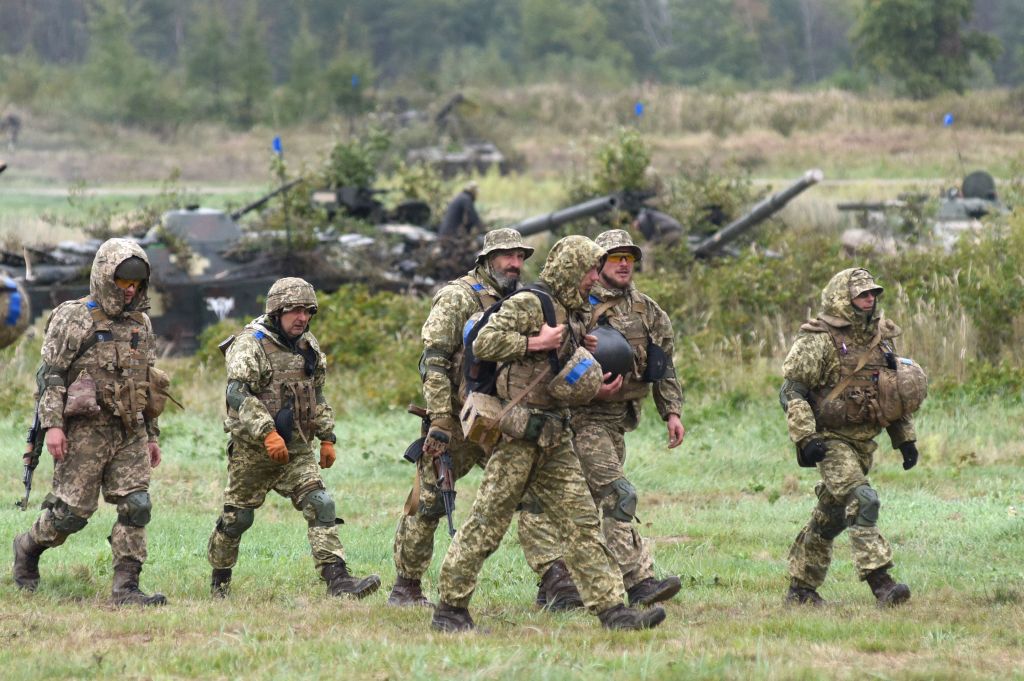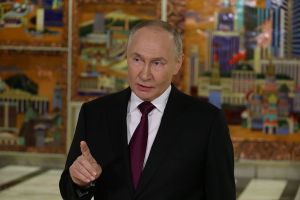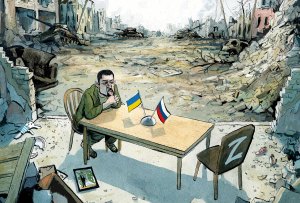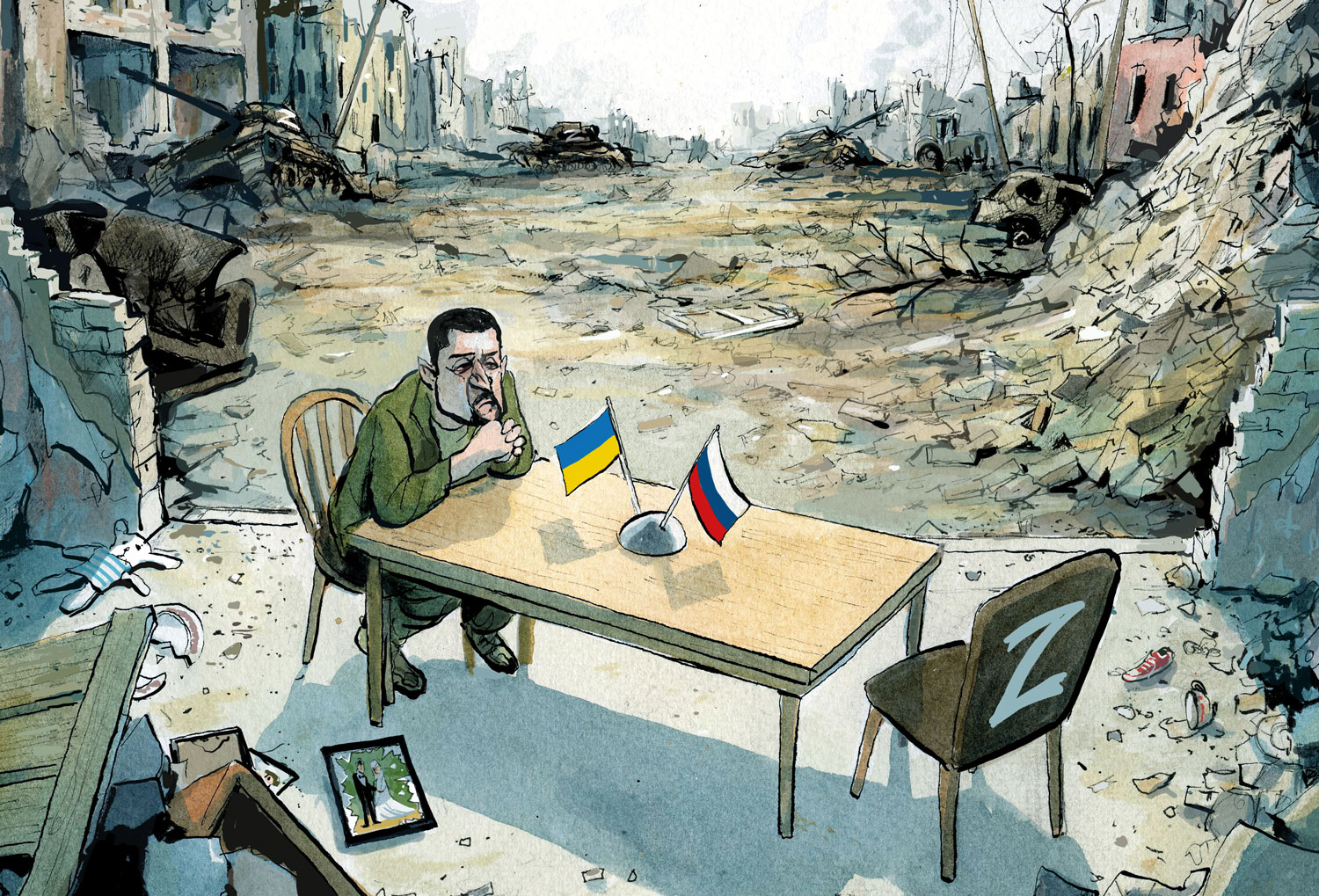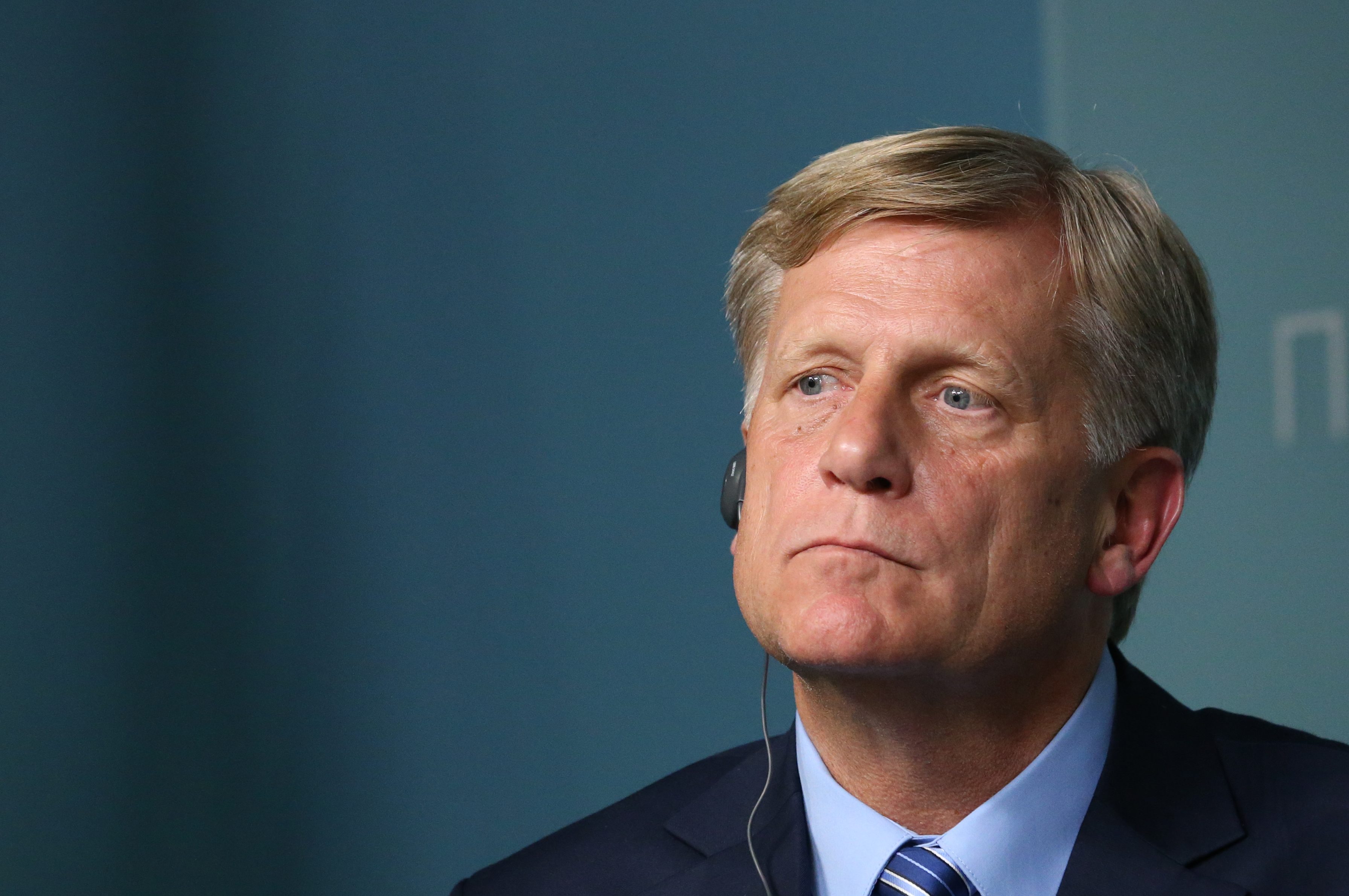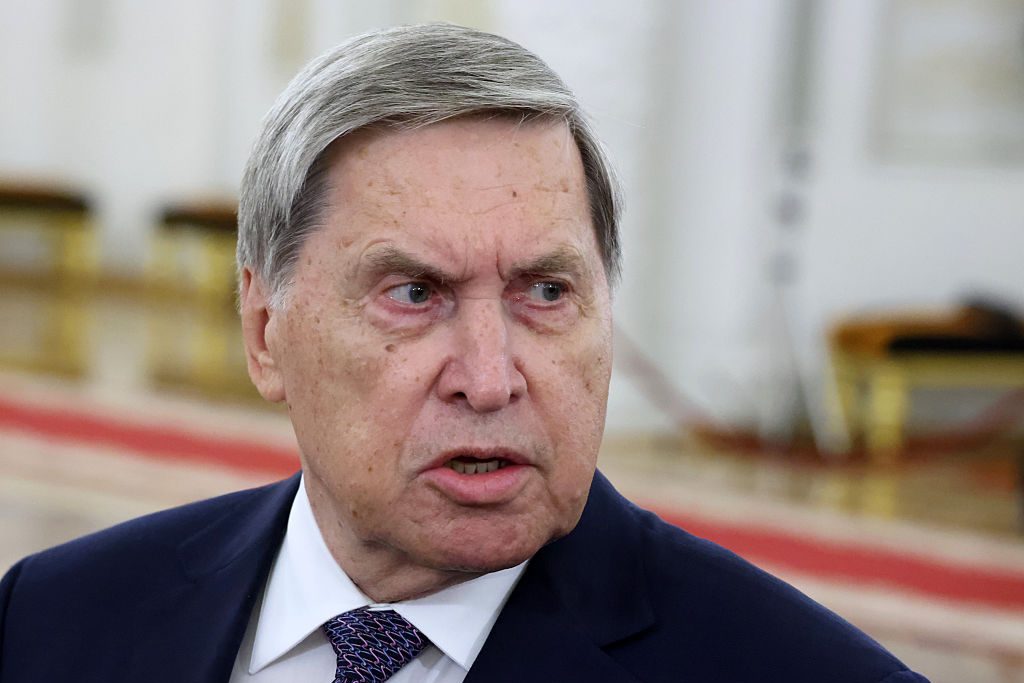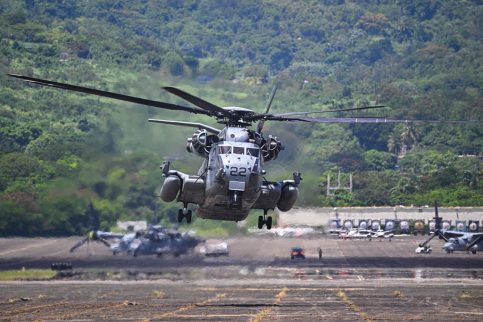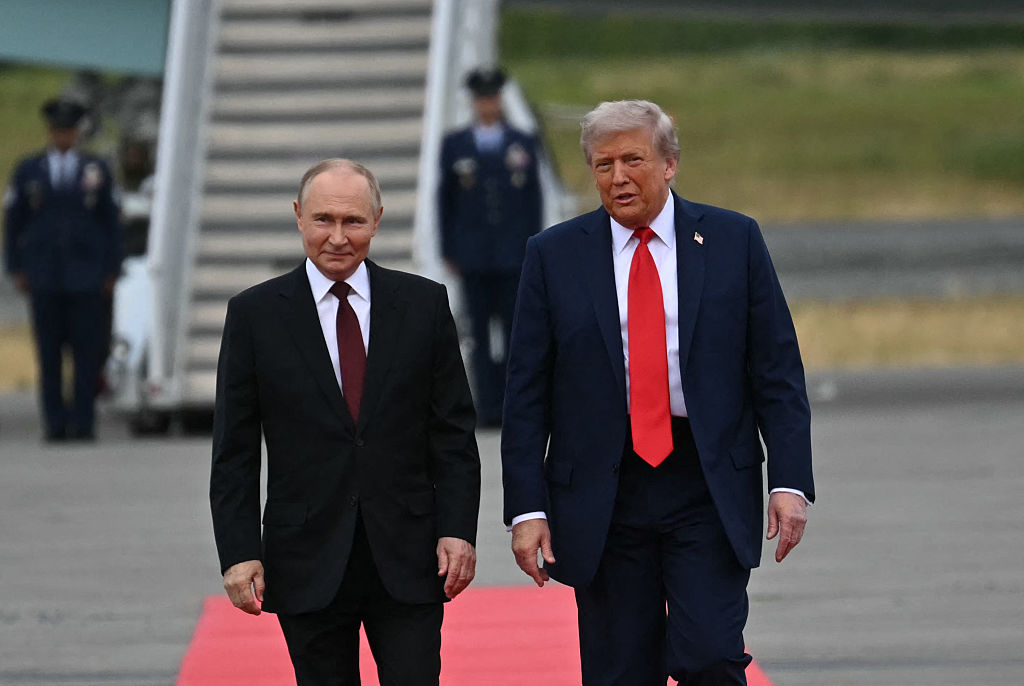The United States is doing what it can to deter Russian President Vladimir Putin from ordering another invasion of Ukraine. Despite the cool and collected persona that Ukrainian President Volodymyr Zelensky is trying to present to his people, the White House still believes Russian military action is “imminent.”
The Biden administration recently put 8,500 American troops on alert for deployment to Eastern Europe. Washington has spent the last several weeks trying to convince the Kremlin that any incursion into its neighbor would be costly. On Tuesday, the US sent a third shipment of lethal equipment to the Ukrainian military, including 300 additional Javelin anti-tank missiles. This comes on top of the 200,000 pounds of lethal aid that had already been provided by Washington.
The United States is also telegraphing the economic repercussions Russia would face after an invasion. Possible sanctions include everything from cutting off Russia’s largest banks from the US-dominated global financial system to forbidding any company from exporting semiconductors to Russia that use American-designed technology. “The gradualism of the past is out,” a US official told reporters this week. Instead of making the sanctions stronger over time, the official continued, “we’ll start at the top of the escalation ladder.”
But will any of this matter in the end? Will additional shipments of weapons to the Ukrainian military force Russia to think twice?
The simple answer is we don’t know. Vladimir Putin is a mercurial figure who likes to keep his options open. It’s even possible that some of his senior ministers, like Foreign Minister Sergey Lavrov, don’t have a clue what Putin will decide. Although President Biden believes Putin eventually “has to do something” on Ukraine, a diplomatic resolution is still within the realm of possibility.
In the event this proves impossible, Russia could very well opt to pursue the “military-technical countermeasures” that Putin talked about last month. Those measures run the gambit from the very large (a full-blown invasion involving over 100,000 troops, hundreds of tanks, howitzers, Iskander missile units, and bomber aircraft) to the relatively small (cyber-attacks and disinformation operations targeting the Ukrainian government). The Russian Navy, which dominates the Sea of Azov, could cut off the Ukrainian port city of Odessa, strangling some of Kyiv’s export capacity. Or Russian forces could expand the separatist enclaves in the Donbas further west.
Unfortunately, whichever military option Russia embarks on (assuming, of course, Moscow chooses the military route), the results will be abysmal for the Ukrainians. Ukraine’s army is better prepared, better equipped, and far more experienced in warfare than it was in 2014 and 2015, when its troops were routed in cities like Debaltseve. But nobody seriously believes Kyiv could put up much of a fight against a superior Russian military. The numbers are stacked heavily against the Ukrainians. Russia, for instance, has over one million troops on active duty, with another two million in reserve. Ukraine can at best muster 38 percent of Russia’s total manpower — and whatever civilian defense units Kyiv can form likely wouldn’t be of much use on the front-end of an invasion. Russia has a grand total of 1,531 fighter and attack aircraft to Ukraine’s 67. As far as tanks go, Russia boasts 13,000 to Ukraine’s 2,430.
When I asked my friend and colleague Retired Lieutenant Colonel Daniel Davis, a senior fellow at Defense Priorities, how Ukraine would fare in such a fight, he didn’t mince words. “Russia has virtually every military advantage over Ukraine that matters: Russia has modern, high-tech weapons, troops that are well trained, and dominance in the air,” he told me. “Ukraine is basing their defense on static defense, which could be destroyed in short order.”
The conventional paradigm in Washington is to use an assessment like this to advocate for more American weapons to Ukraine, hoping it will tip the balance. That balance, however, is so lopsided in favor of Russia that any shipments to Kyiv are highly unlikely to make a difference on the ground. The balance of power is already set — and whether we like it or not, Russia holds the cards. It can also escalate at will, and indeed has escalated whenever doing so is required in order to fulfill its security objectives in Ukraine. Throwing more weapons to the weaker side in the hopes of creating a military stalemate is a naive proposition when the stronger side, Russia, possesses escalation dominance. The result doesn’t serve Ukraine well.
All of which is a long tangent to saying that the best option for both the United States and Ukraine is the diplomatic one — sitting the Russians down and coming to some mutual understanding as to what is and isn’t acceptable. Ideas could include a moratorium from the US and its NATO allies on Ukraine’s admission into the alliance, which given long-held opposition from NATO members like France and Germany won’t occur anyway (unanimity is the north star of the alliance). America and Russia could also establish a bilateral security dialogue, perhaps separate from talks about arms control, on mutual confidence-building measures in the Black and Baltic seas and in the air around the NATO-Russia border area — all of which could lead to a more comprehensive discussion about the security order in Europe.
The top American priority with Russia remains avoiding a direct war that could risk going nuclear (Russia is the largest nuclear weapons power on the planet). Keeping the options for a deal alive is the way to do that. And it would just so happen to save Ukraine from more damage as well.



